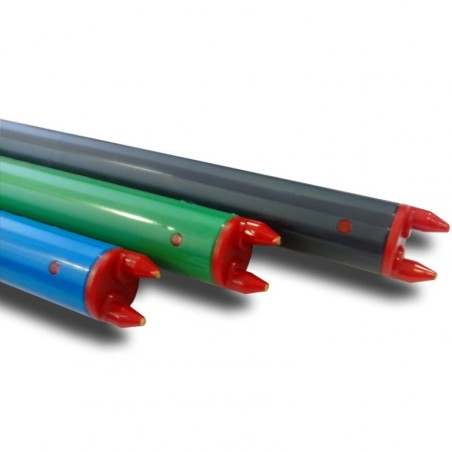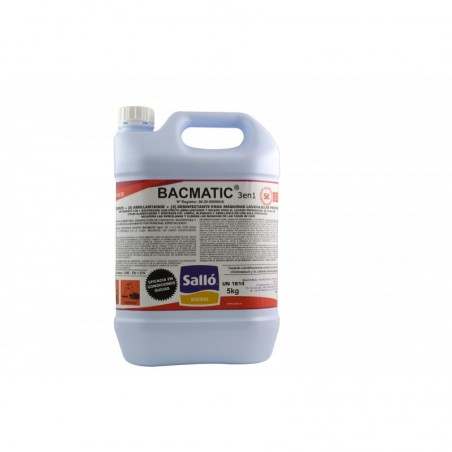We have been examining the role of sub-populations as a means to understand more precisely where either costs can be reduced or revenue enhanced (or both!). We can define subpopulations in a variety of ways, such as visually, using statistics, or after the fact in a retrospective analysis of slaughter data. Understanding and identifying subpopulations can give the barn manager and crew the rationale for developing targeted interactions which tend to be less expensive (frequently the whole barn does not have to be “treated” with either pharmaceuticals or changes in management protocols).
So far we have talked about subpopulations of animals which develop during the grow finish phase when increasing weight variation can be very costly. Subpopulations in grow finish which lend themselves to systematic improvement are the ones which firsts help identify the problem and then devise a protocol to reduce the profit stealing dimension of them. From slaughter data you can see clusters of animals which are both underweight for age and more lean than average. This group is often identified with some respiratory or gut issues, sometimes with poor micro environment, say within a pen, which are impacting growth and the percent of this group to the total building populations can be tracked with targeted reductions across the entire farm. Different interventions can be tried and the percent of the subpopulation to the entire population tracked to judge efficacy of treatment.

In developing countries which produce swine, often just as much meat as is possible to produce is the goal so there typically is not a finer distinction in pricing which promotes certain quality characteristics other than weight. As societies with income demand pork, the constellation of attributes which are part of the pork meat come to the fore. Understanding how to profit optimize the production of those traits becomes an important skill for the producer to develop.
Beyond slaughter data, subpopulations can be relatively easily defined within the sow herd. The parity groups are subpopulations of the sow herd with well known performance changes as parity evolves. Using historical data, the farm can develop a set of culling rules which effectively maintain excellent farm productivity or raise it if it is not performing well by understanding both short run (parity optimization) and long run productivity (optimizing parity structure).
Experts normally proscribe an average parity structure number, which is used as a rule of thumb to steer culling decisions, though in our experience, it is used more often for correcting parity after a series of poor decisions have unbalanced the age groups. We estimate the individual farm’s optimal parity structure based on the historical performance of each parity as well as other variables. In practice it is near the “average” number that is bandied about.
The goal of parity optimization is to forecast the future productivity of each sow as it comes up for a culling decision, usually at weaning. If one could devise a selection strategy that made a decent guess at future productivity (such variables as an individual’s body score, historical litter size, skipped heats and some measure of mothering ability, etc.), one could systematically raise the average productivity of the sow herd by eliminating the poorest predicted future performers. This may sound impossible but in fact, the ability to do this it is just on the horizon. Of course there are other variables to simultaneously consider, such as the value of the cull sow vs. the cost of her replacement, the probability of death prior to the culling decision, availability of sufficient replacements which are cycling all so target breeding groups and farrowing crates remain full.
On many farms the culling decision is not really managed for optimization. As such it is subject to very poor individual choices which often occur based on the culler’s biased visual cues about what animal should go. In addition, without a data based approach, culling becomes simply choosing the right number at weaning to maintain total herd numbers or by simply culling from the high parities back down to the middle ones. Very poor and ineffective strategy regardless of whether the “industry average” productivity choice for average herd parity is achieved or not.









